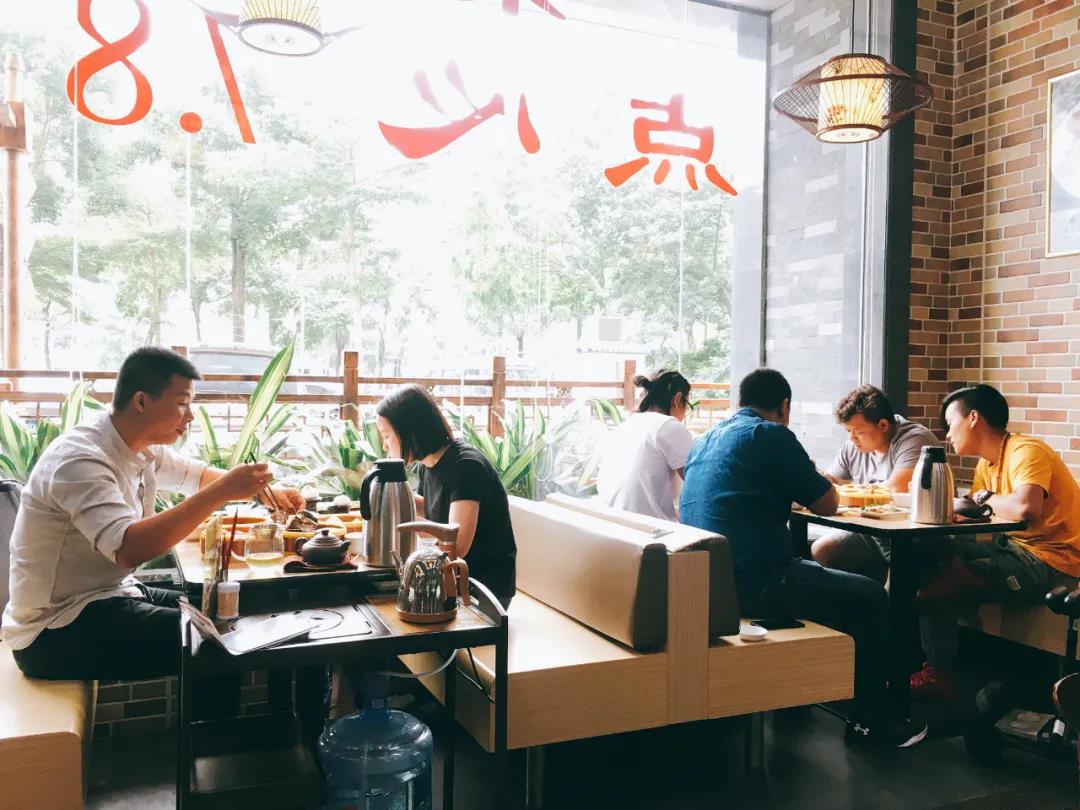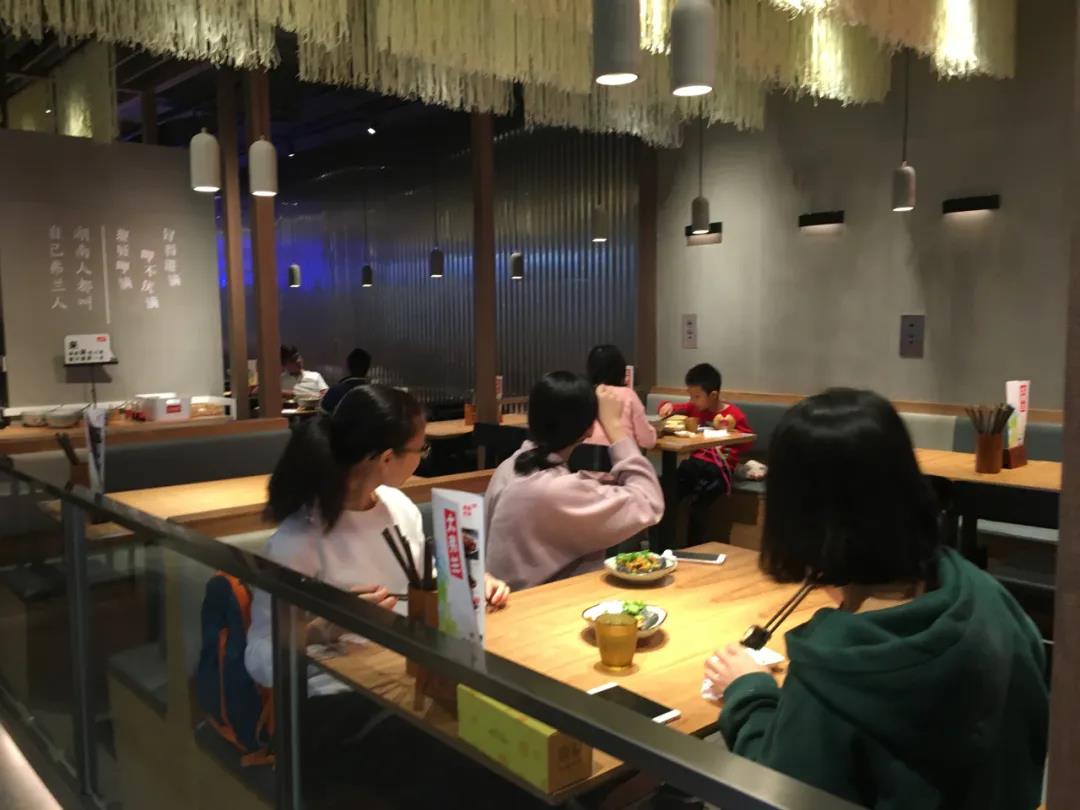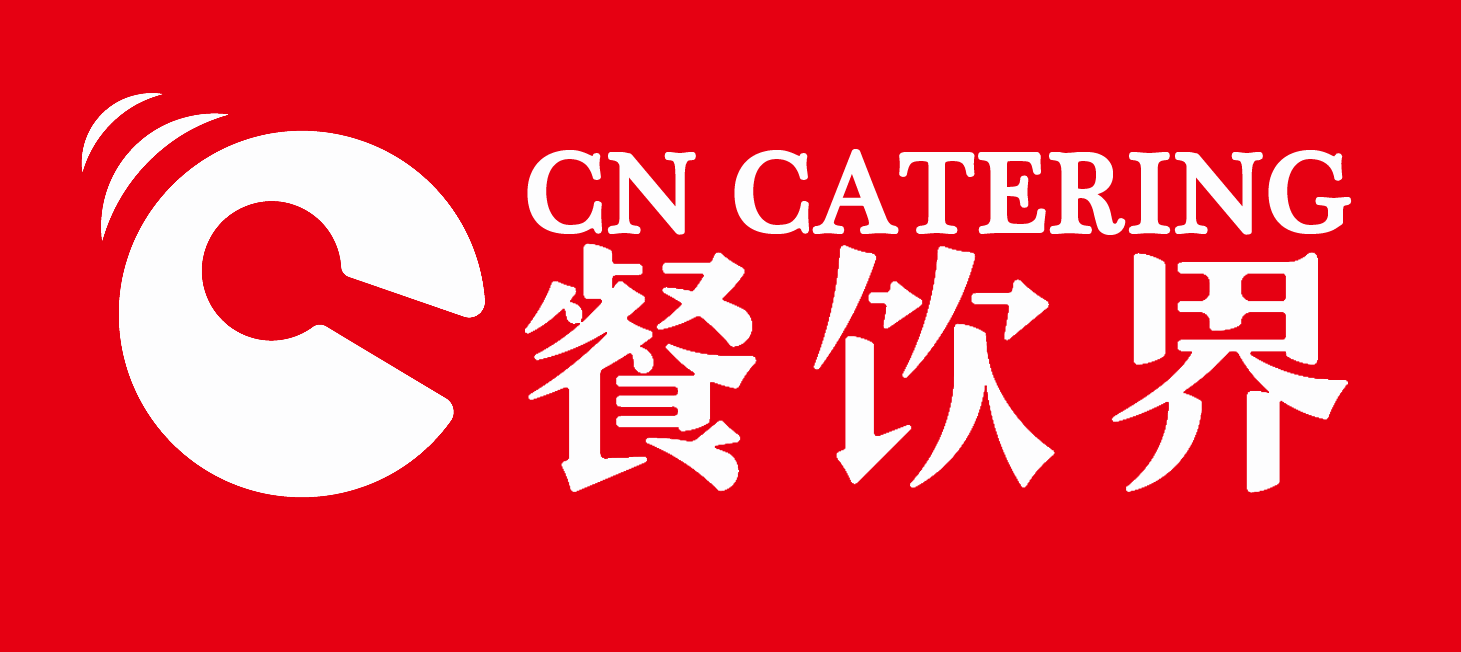Měi gè cāntīng fúwùyuán, dōu shì bàn ge xīnlǐ zhuānjiā! 17 / 5000 翻译结果 Every restaurant waiter is haToday's headlines

The customers contacted by the waiter cannot be the same type of people, and their personalities and habits are different. Therefore, in the service process, they will encounter many and different problems and troubles, and there are no ways to solve these problems and troubles. There may be a fixed pattern. In order to satisfy every customer, this requires that the waiter must have the ability to look at the customer's psychology, and at the same time have an excellent service attitude and superb service skills.
In the reception service process, whether the service is properly controlled or not directly affects the quality of customers' meals. Sometimes, a poor table of food makes customers very annoyed, but the warm, attentive and appropriate service of the waiters will turn them into a smile.
Sometimes, a table of exquisite food is pleasing to the customers, but it may be disappointed by the rough and poor service of the waiter, which may lead to complaints.
The former is an effective service, and the latter is an ineffective service. The reason for the two services with completely different effects lies in whether the corresponding services can be adopted according to the different psychology of customers. This article talks about personal experience on the psychological characteristics, habits and corresponding services of several different types of customers.
ONE
Paternalistic
This kind of customer's facial expressions always have a kind of majesty, and they like to use imperative or affirmative sentences when speaking, hoping that the waiter will obey his command, and he is not willing to listen to explanations, and it is good for face.
For example, when they step into the restaurant, they will say to the waiter: "Arrange a good table for us." At the same time, their eyes will patrol the restaurant and then stay on a table, indicating that this is what they want. When ordering, he said: "I want a steak, five mature" and so on, I am very sure.
This kind of customer always dines with a few customers (his friends or family), and rarely comes alone, and he is usually the host. The waiter must follow his train of thought when serving him. For example, when he walks into the restaurant and tells you to arrange a good table for them, you must immediately determine from his tone of voice what type he is, and then search the place where his eyes are fixed, etc. When his gaze was fixed on a stage, he immediately led them to the edge of the stage with gestures, and pulled the chair to let them sit down.
Ask for his opinion before ordering, such as: "Can I order some aperitifs (dishes) for you?" After getting his permission, order again. After ordering, repeat each customer's order face to face, which means that you are seriously ordering for them, and you can also avoid ordering mistakes and omissions. When a guest asks to check out, you must check the bill in advance and submit it only after there are no errors or omissions.
TWO
Friend type
This kind of customer is cheerful, easy-going, and familiar with people. When this kind of customer walks into the restaurant, it can create a relaxed atmosphere. They and the waiter are like meeting old friends, asking questions about each other.

When ordering, you are willing to refer to the same customers and waiters, such as: "I order a grilled prawn, what do you think?" When serving this kind of customer, try to be easy-going, participate in the ordering of the customer, and help They choose delicious food (because the waiters are most familiar with the menu). Sometimes a small joke can make customers happy, and such customers are usually frequent customers. As a waiter, you should remember their eating habits and introduce some beverages and foods that suit their tastes.
I remember a customer Mr. Brown who often came to my restaurant for dinner. He greeted me as soon as he entered the restaurant. I trimmed my hair and shaved my beard, so I half-joked and half-seriously said: "Mr. Brown seems to be a lot younger today, and your appetite must be younger too. (I know he likes steak) How about ordering 400 grams of beef? ?"
When I finished speaking, he looked at me in surprise, laughed for a while, patted my hand and said, "Do I look young anymore? Okay! I want a steak today." It can be seen that as long as you pay attention and catch Taking the right opportunity, a sentence or two can make customers very happy. Of course, first of all you have to distinguish what type of customers are, not all customers can talk to you like this.
THREE
Picky
This kind of customer is called "Trouble maker" by the waiter, which means "trouble maker" in Chinese. In the process of serving them, the waiter is not careful and will cause complaints. The time interval is too long, the dishes taste bad and so on.
Such customers generally have two mentalities. The first is to bring the unhappiness in their work or life to the restaurant, always looking for an opportunity or excuse to vent their grievances. Customers like this can be seen from their faces and their speech and demeanor, their faces are gloomy, with a little anger, they speak very aggressively, and their attitude is very impatient.
The second is stingy. This kind of customer wants to eat well without spending too much money, but they often say that they are not afraid to spend money because he is afraid that others will think he is stingy, so he always wants to find some trouble or excuses. Discounted. For the first type of customer, the waiter must be concise and not too cumbersome when speaking, and must be careful when listening to customers ordering food and drinks. You must not misheard. It is best not to repeat the order, otherwise they will think you are too wordy. The serving time interval should be moderate (based on service experience), and there must be no mistakes in the order of serving and serving. When serving in the dining room, don't always go around their tables, lest customers think you are an eyesore. Waiters should not talk to each other as they face each other, so as to avoid misunderstandings caused by customers' suspicion.
The second type of customers can also be reflected in their speech, such as when they look at the menu, they say that the dishes are too expensive, and when they eat, they think that the dishes are too small. Don't just recommend drinks or dishes to them, because they are likely to think you are selling them products that you can't sell. When serving in the dining room, the waiter should always pay attention to this counter.
For example, when a customer’s napkin or tableware falls on the floor, they must be replaced immediately. You can’t wait for the customer to greet you. If necessary, giving a nice fruit plate for free can produce unexpected results. In short, you should have a good sense of measure when serving, and if you cooperate with exquisite food, you won't be troubled by such customers.
FOUR
Master type
Such customers usually come to the restaurant as if they are at home. They walk straight to the table without waiting for the waiter to greet him, and greet their own guests. Regardless of whether there are other guests or reservations at the table, they should sit down first. Say it again. When ordering, he doesn't look at the dishes at all, just order it casually, as if he should have what he ordered.
Such customers usually visit here often and are familiar with the menu. They are likely to boast about this restaurant to the friends he brought, and are proud of having eaten here. If he praises the restaurant in front of the customers he brought, the waiter should express his gratitude.
This kind of customers hope that the friends they bring will also like it, so the waiter should try his best to meet their requirements in the process of ordering for them, so as not to disappoint them, otherwise this kind of customers will lose face and be complained. If when a customer walks into the restaurant and walks towards a reserved table, the waiter should immediately greet the customer politely (if they know it is better), and reach out to indicate an unreserved empty table : "Mr. Li, is it okay to sit at this table? Exactly four." In this way, as long as the waiter is responsive, he will arrange for the customer before the customer finds a seat.
If a customer orders a dish that is not on the dish, he should immediately inform him that the dish is not on the dish, but ask him to wait for a while and go to the kitchen to ask the chef if he can process it and if he can do it. Of course, if you can’t do it, you should explain it to the customer and apologize, and then recommend a similar dish to ask the customer if it is acceptable. For example, you can say "I'm very sorry, Mr. Li, the roast leg of lamb you ordered just didn't exist today (sold out). How about replacing it with a fried lamb chop?"
In short, when dealing with this kind of customers, you must follow their thinking to serve them, so that you can unknowingly mobilize them into the "program" you have compiled for them, so that you will not be too embarrassed and the customers are too sorry. .
FIVE
Work type
After some customers come to the restaurant, they usually talk about business while eating. Sometimes it is a very important business. At this time, the quality of meals and service quality may affect the success or failure of the business and the future of the waiter. This kind of customers don’t want someone to stand aside or interrupt their conversations during the entire meal. Therefore, when dealing with this kind of customers, they must act accordingly and be cautious. For example, after some customers are seated, they put the dishes on the table. Just started talking.
They may have forgotten to order, or they may not be busy ordering. At this time, the waiter should stand in place to observe them. When there is no intention of ordering in about ten minutes, the waiter can go forward to change the ashtray, pour a drink, ask if you can add some drinks, and then ask if you can order. The language must be tactful, and in addition, with the sentence "I'm sorry, I interrupted your conversation," divert their attention to ordering food. When the customer is optimistic about the menu, they should immediately step forward and order the food quickly. If the dish is not heard clearly, it can be repeated. After serving the food, leave immediately, stand in a proper position and observe. Never walk over to disturb customers while they are eating, otherwise it will arouse their disgust.
In the end they finished eating, the business was negotiated, and your service was decent. They would be very grateful to you. Even if the service was not good, they would not care. If the business went down, it would be the opposite. Your service was decent, they If you don’t say anything, if the service is not good, the responsibility will be transferred to you. If so, then you will be thankless.
SIX
Look at the phone type
This kind of customer always looks at his mobile phone every time he enters the restaurant, and he is alone. They like to sit in a quiet corner while looking at the phone while having a meal. They don't like to be disturbed by others, they are tired after a day of work, and want to take a break during meal time, so waiters should not serve such customers too frequently.
When ordering, try to be as brief as possible, and don’t bother him after serving drinks and meals at once. Don't let customers wait too long when serving dishes, because they may not have a long meal time. In this case, there are more lunches, and the waiter must prepare a pen at the checkout because more customers sign orders.

Summary
The main purpose of the several types of customers and the corresponding services mentioned above is to satisfy every customer, at least not to be disappointed; to let the waiter work hard in the service process, at least not to work hard. Its purpose is to improve the quality of service, get the approval of customers, and increase the economics of the enterprise.
Benefit.
In actual work, some customers may have several types of characteristics at the same time, or they may have characteristics other than these. However, as long as we establish the belief in serving guests wholeheartedly, use our brains in the service, and deal with specific situations flexibly. Problems and troubles can be solved very well.
免责声明:1.餐饮界遵循行业规范,转载的稿件都会明确标注作者和来源;2.餐饮界的原创文章,请转载时务必注明文章作者和"来源:餐饮界www.canyinj.com",不尊重原创的行为餐饮界或将追究责任;3.投稿请加小编微信toutiaoxiansheng或QQ1499596415。4.餐饮界提供的资料部分来源网络,仅供用户免费查阅,但我们无法确保信息的完整性、即时性和有效性,若网站在使用过程中产生的侵权、延误、不准确、错误和遗漏等问题,请及时联系处理,我们不承担任何责任。
 扫码关注餐饮界微信号
扫码关注餐饮界微信号
- Net profit fell by 90%, how ca
- 30 billion-level companies wil
- Lo Mei is more iterative, can
- It is difficult for a star res
- What are the factors that must
- The restaurant has employees a
- 3 yuan a bowl of "Brother
- In the off-season for takeaway
- I was in Changsha and caught a
- The more smelly the hotter, se


 Media
Media


